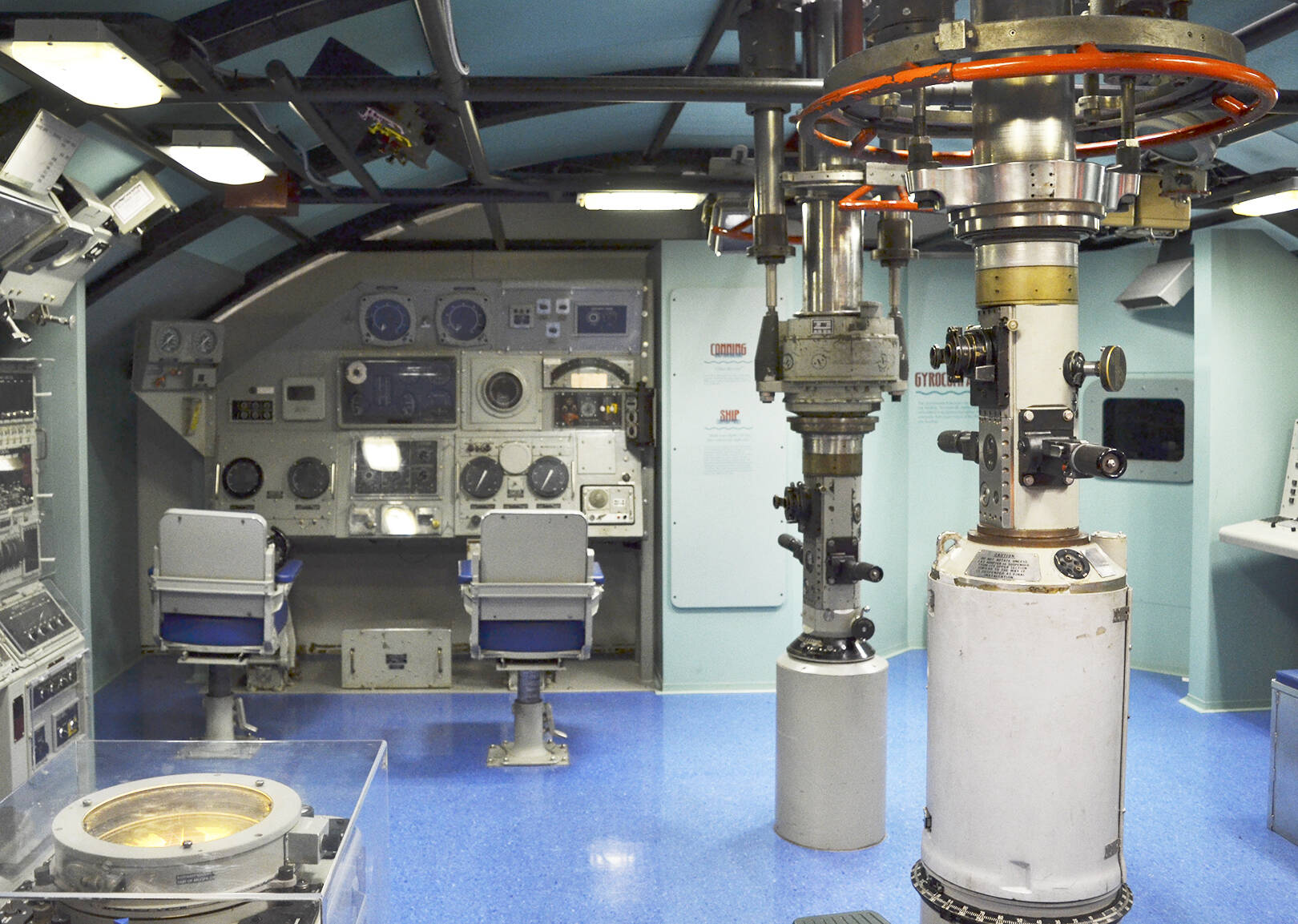The U.S. Naval Undersea Museum is one of just 10 museums in the country centered around interpreting the Navy’s history.
And it’s free – just miles from Poulsbo and Bainbridge Island in Keyport, nicknamed “Torpedo town USA.”
Visitors can interact with the control room of Cold War submarine USS Greenling and view real torpedoes from the late 1800s. Exhibits also include interactive displays, with touch screen monitors that allow you to watch videos or simulate real Navy scenarios.
Established in 1979, the museum has countless artifacts and exhibits. Their mission is to connect people to the U.S. naval undersea experience. The museum has several long-term and temporary exhibits, well-established programs and accessible resources.
When you first pull into the parking lot you are greeted by outdoor artifacts once used in the naval undersea world. Sitting opposite the main museum building are two retired Navy submersibles, deep submergence rescue vehicle Mystic and deep submergence vehicle Trieste II. Mystic was designed to rescue survivors of a stricken submarine. Fortunately, it was never needed. And Trieste II was capable of descending 20,00 feet underwater.
To the left of the museum building is the sail of USS Sturgeon, the lead ship in a class of 37 fast-attack submarines. Next to the “Jack Murdock Auditorium” is the habitat end bell from the Sealab II project l, a saturation diving experiment from the 1960s that demonstrated that divers could work underwater for long periods of time.
Inside the museum, there are 12 long-term and temporary exhibits that tell a variety of stories.
Long-term exhibits introduce visitors to the Navy’s undersea history and operations, exploring topics from the ocean environment to submarine operations to undersea vehicles.
Accompanying these are three temporary exhibits about the Navy’s Marine Mammal Program, Experimental Diving Unit and military divers. The indoor exhibits are captivating with bold texts, vivid colors and high-definition pictures.
The museum also provides education programs for children of all ages. With a focus on Science, Technology, Engineering, Art and Math, or STEAM, the museum is there to educate. It has weekly educational workshops, and field trips are offered with reservations.
Some of the on-site programs include Science Saturdays, a monthly hands-on experience for visitors, and STEM for Students, a field trip opportunity for school-aged groups. With the relevance of digital environments, the museum also caters to remote learning needs all year round. Their website includes dozens of free lessons and workshops for a variety of student education levels.
The museum also hosts many Navy events, including change of commands, retirement ceremonies and Navy Band Concerts. Additionally, the museum is home to one-of-a-kind documents and archival material to provide resources to researchers. The museum’s curator is always ready to help find answers to any questions.
The museum is open Wednesday through Monday from 10 a.m. to 4 p.m. For details go to navalunderseamuseum.org



